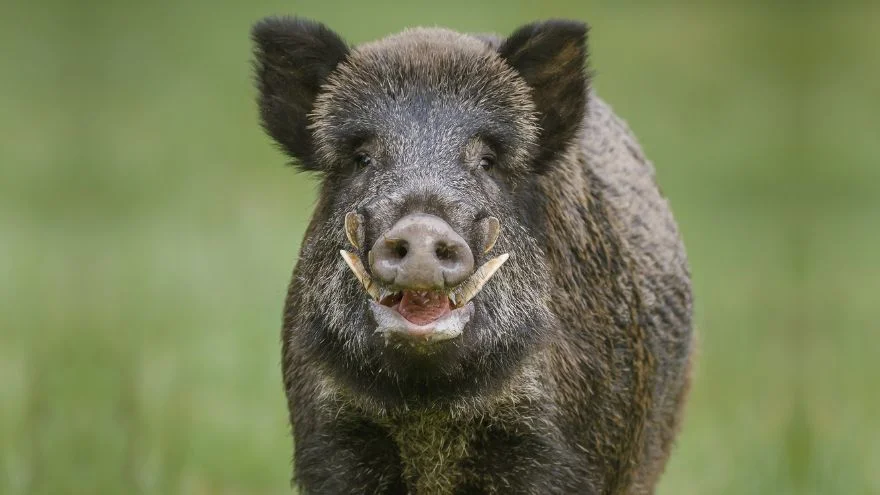New Zealand is considered one of the safest countries in the world, with a low crime record and reduced violence.
The country also has lovely scenery, friendly citizens, a sense of mystery and wonder, and abundant wildlife.
Fish, reptiles, and insects dominate the country, as well as some mammals that got in.
In a country with so many animals, one has to wonder if any of the deadliest animals in the world also inhabit there.
Some of the most dangerous animals in New Zealand include mosquitos, poisonous spiders, sharks, and more. While some of them could make you fall ill, there are a few you shouldn’t cross paths with.
Compared to places like Australia, New Zealand do not have many nasty animals and the wildlife is easy to explore.
Fun Fact: There are more animals than people in New Zealand. This means you’re far more likely to come across an animal than you would a person! You should know how to treat these creatures right.
What are the Most Dangerous Animals in New Zealand?
1. Mosquitoes
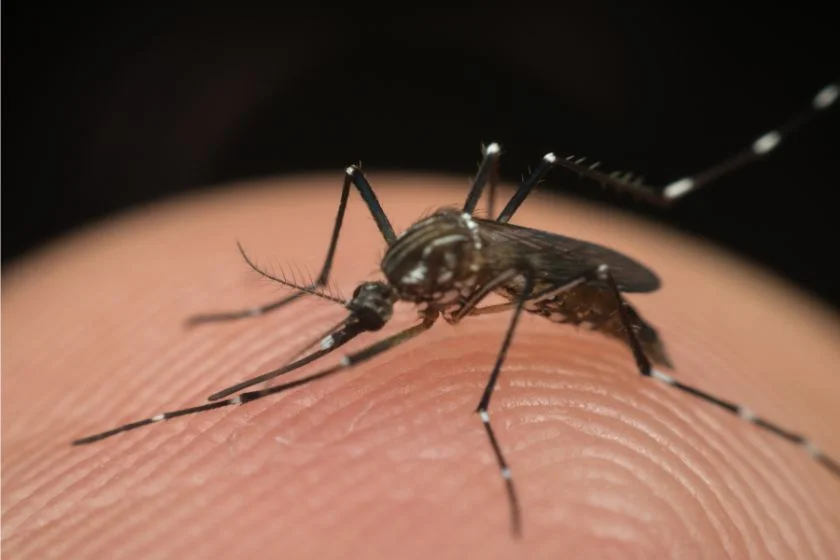
- Scientific name: Aedes Aegypti/ Stegomyia albopicta
- Classification: Insects
- Habitat: Rainforests, marshes, grasses
- Diet: Herbivore/Sanguivore
- Conservation status: Least Concern
The mosquito is a small insect, but its numerous species have been associated with many diseases.
There are 16 mosquito species in New Zealand, including the tiger mosquito and the yellow fever mosquito.
These mosquitoes are the cause of many diseases in New Zealand, some of which are dengue fever, zika, malaria, and the Ross river virus.
These insects are killers, responsible for the death of over 1 million people per year.
2. Katipo Spider

- Scientific name: Lactrodectus katipo
- Classification: Arachnid
- Habitat: Logs, woods
- Diet: Carnivore
- Conservation status: Endangered
The katipo spider can be recognized by its black and red striped color, along with a bite laced with poison.
The katipo spider is one of a few poisonous spiders that are in New Zealand, so the chances of encountering one are low.
If you have the ill luck of getting bit, you’ll need immediate treatment.
Symptoms include high blood pressure, swelling, and even chest pain. There is an antivenom for the venom, thankfully.
3. Redback Spider

- Scientific name: Lactrodectus hasselti
- Classification: Arachnid
- Habitat: Logs, rocks
- Diet: Carnivore
- Conservation status: None
The redback spider and the katipo are alike in many ways, including venom-wise.
The redback has red hourglass stripes along its back, with a black-brown body.
Redback spiders are common in Australia, but you can also find them in New Zealand as well.
These species of spider are poisonous, and they are responsible for around 2,000 bites per year. This means you should avoid any redback spider you encounter.
4. Wild Boar

- Scientific name: Sus scrofa
- Classification: Mammal
- Habitat: Tropical jungles, grasslands
- Diet: Carnivore
- Conservation status: Least Concern
Some people might underestimate the wild boar because of its close resemblance to a domestic piglet. That’s a big mistake.
As the name clearly warns, the wild boar is wild, very aggressive, and can be dangerous.
This is especially obvious when they grow from a cute “piglet” to a menacing 440 pounds creature!
Although the wild boar doesn’t attack unless threatened, reports show that it can be a menace.
Many things can make the wild boar feel threatened, even if you’re simply standing too close or in its territory. This is an animal you would love to avoid.
5. Tiger Shark
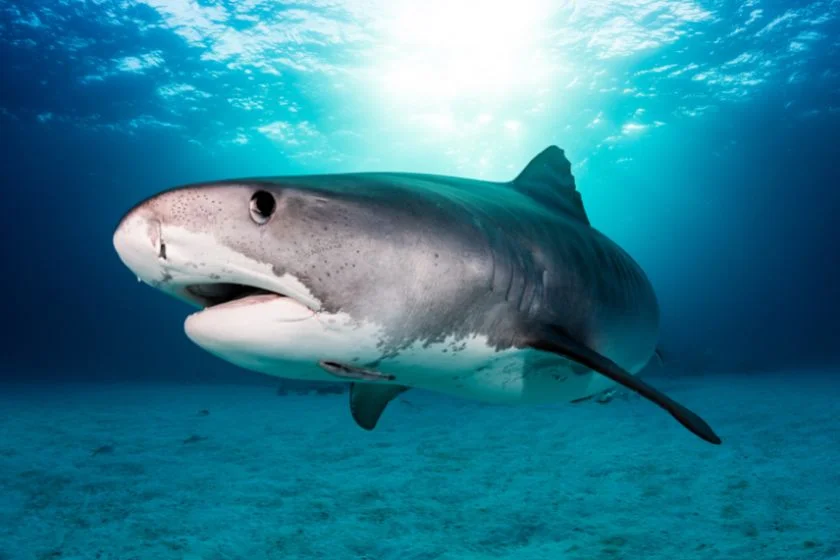
- Scientific name: Galeocerdo cuvier
- Classification: Fish
- Habitat: Continental shelf
- Diet: Carnivore
- Conservation status: Near Threatened
The tiger shark is one of the most dangerous sharks in the world today, and though attacks from it are considered rare, it can be deadly.
You can avoid coming into contact with a tiger shark by not getting into the waters, but if you want to, you should watch out for this creature.
There are over 70 shark species in New Zealand today, and the tiger shark happens to be the most notorious.
A good rule of thumb is to never go for a swim or surfing alone.
6. Magpies

- Scientific name: Gymnorhina tibicen
- Classification: Bird
- Habitat: Grasslands, meadows, forests
- Diet: Omnivores
- Conservation status: Least Concern
People don’t often think of birds like magpies when considering dangerous animals, but in places like New Zealand and Australia, these birds constitute a big nuisance.
You’re more likely to come across a magpie from July to December as it is more active during those periods.
Sometimes the magpie’s disturbance can be annoying, other times it may be dangerous. Avoid them as they come, and change locations if they pester you.
7. Sea Lions

- Scientific name: Phocarctos hookeri
- Classification: Mammals
- Habitat: Sandy beaches
- Diet: Carnivore
- Conservation status: Endangered
The sea lion comprises 6 living species and one of which has gone extinct.
Three of them are considered endangered, including the New Zealand sea lion. The latter is the rarest living sea lion there is.
Sea lions look cute and draw the attention of tourists, but they are highly dangerous if you get too close.
Their teeth are sharp and their jaws are powerful. You wouldn’t want to get bitten by a sea lion likened to having the jaw power of four Dobermans.
This happens more when you try to approach a seal pup when the mom is there.
8. White-tailed Spider
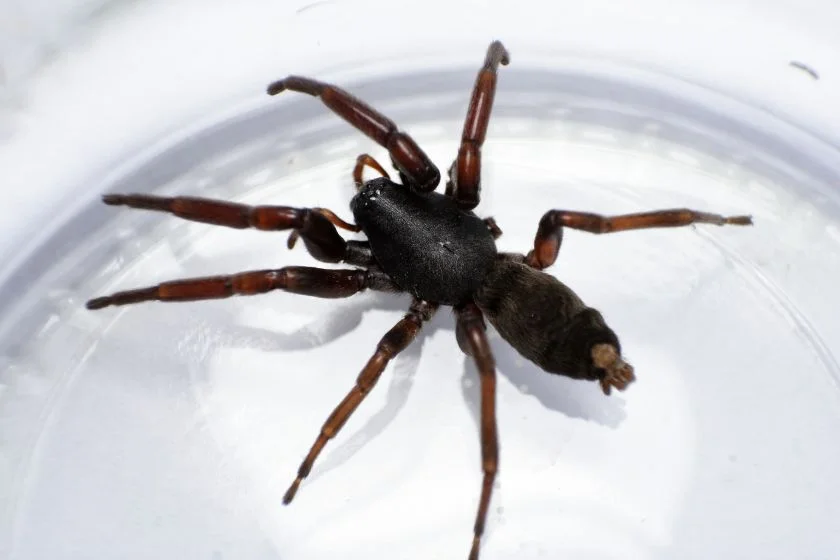
- Scientific name: Lampona murina, Lampona cyndrilata
- Classification: Arachnid
- Habitat: Residential houses
- Diet: Carnivore
- Conservation status: Not listed
The white-tailed spider is a common spider species in New Zealand, and you can find it in houses.
This spider doesn’t spin a web and has an unusual diet. Rather than insects, the white-tailed spider consumes other spiders!
With humans, white-tailed spiders can sting when threatened. The bite isn’t deadly—unless you’re allergic—but it can be uncomfortable and even painful.
The best is to avoid getting bitten in the first place.
9. Grey Side-gilled Sea Slug
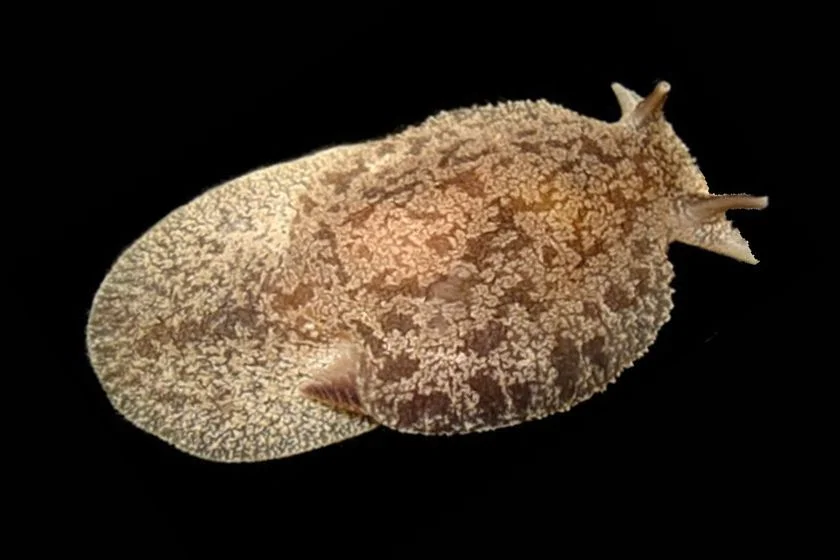
- Scientific name: Pleurobranchaea maculata
- Classification: Gastropod
- Habitat: Rocky coasts
- Diet: Carnivore
- Conservation status: Least Concern
The grey side gilled sea slug sounds…sluggish, but it is more dangerous than you would imagine.
Toxic and deadly, both the eggs and larvae of these slugs can kill both humans and other animals like domestic dogs.
A good example of this is the 2009 numerous canine deaths that happened in New Zealand and could be traced to slugs.
These slugs often live in marine environments, including harbors, open coasts, and deep waters. Do not get into direct contact with a slug, nor should you try eating one.
10. Bluebottle Jellyfish
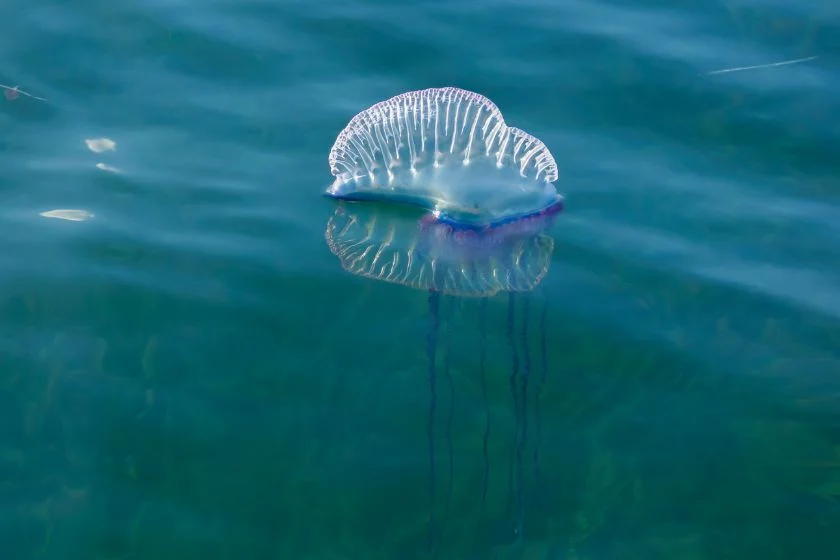
- Scientific name: Physalis physalia
- Classification: Fish
- Habitat: Warm tropical waters
- Diet: Carnivore
- Conservation status: No concern
The bluebottle jellyfish is also known as the Portuguese man-of-war (or Portuguese man o’ war)—an ocean creature that can’t easily be seen because of its small size and elusive nature.
This jellyfish is characterized by long tentacles that get to 10m.
The bluebottle’s danger is in its sting. The pain is higher than that of wasps and bees, and if you’ve ever gotten stung by a bee, you would know how painful it becomes.
The blue bottle stings with its tentacles, and the pain can lead to shock, fever, and respiratory problems.
If you get stung, do not brush the tentacles off so fast as that would worsen the situation. Remove the tentacles with ease. Also, get treated immediately.
New Zealand Wildlife Safety Tips
While New Zealand has relatively safer wildlife than other oceania countries like Australia, it doesn’t give you leeway to disrespect anyone of them.
Here are some safety tips to follow:
- Do not get too close to the animals as that could cause them harm or stress. The dangerous ones might also feel threatened if you’re too close to them, making them get defensive.
- Do not feed any animal, regardless of how cute they may seem. This would only serve to reduce their suspicion towards humans, which could affect their survival and increase the chances of them attacking someone else.
- Be cautious about the selfies you take. If it involves drawing too close, it’s not worth the risk. There aren’t any picture prohibitions in New Zealand, but it shouldn’t be done at the expense of the animals.
- Be observant of your pets and kids, as they are naturally curious and might even want to touch the animals. Wild creatures don’t always flow well with kids and pets. The animal may even injure them if you don’t take the necessary precautions.
Frequently Asked Questions
Are there any big predators in New Zealand?
Besides a few exceptions (like the tiger shark), New Zealand has no big predators. Smaller animals like birds and spiders feel more at ease in the country, which explains why they’re everywhere.
Is New Zealand dangerous?
New Zealand is a safe place to visit, and it has all you would be looking for in a destination. A low crime rate, friendly inhabitants, and many tourist attractions are just some examples of the beauty in New Zealand.
Does New Zealand have deadly animals like Australia?
There are a few animals that can be considered dangerous in New Zealand, but it isn’t replete with these animals like that of Australia.
Are there crocodiles in New Zealand?
Crocodiles are rare in New Zealand, and there have been only two of them on record in this country. You don’t have to worry about meeting one of these dangerous reptiles while exploring.
Are there snakes in New Zealand?
Currently, there are no snakes found in New Zealand. It is one of the few places that is snake-free, and if you have ophidiophobia (fear of reptiles, especially snakes), then New Zealand is a good place to visit.
Wrap Up
If you’ve planned a trip to New Zealand, you’ve made a good choice!
The abundant wildlife makes it better for animal enthusiasts, but you would have to be careful so you won’t stress the animal or put yourself in harm.
The most dangerous animals in New Zealand listed in this article should best be avoided, and also follow the safety tips provided.
